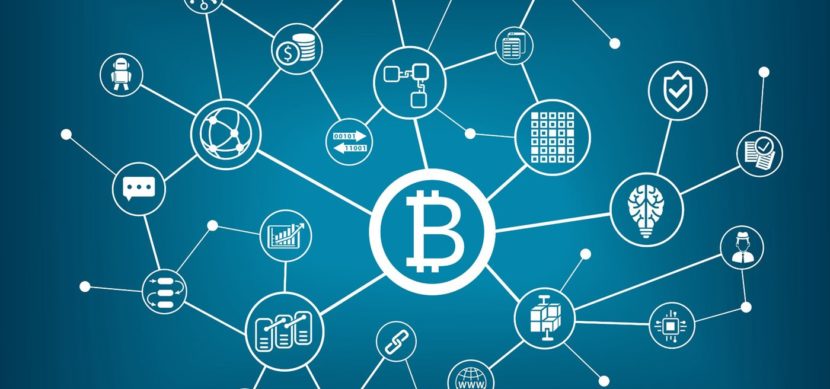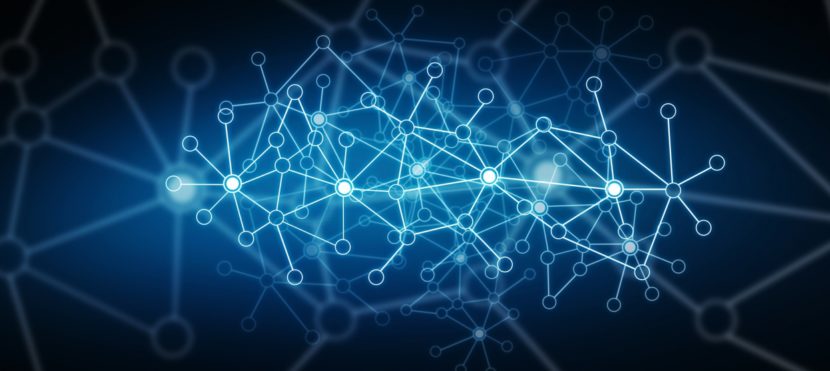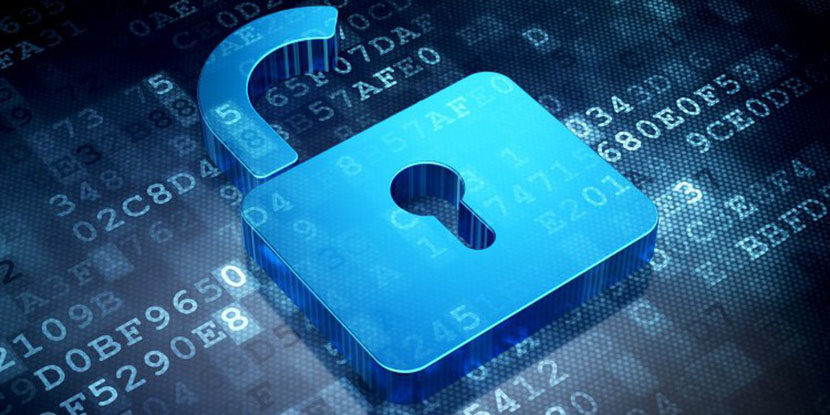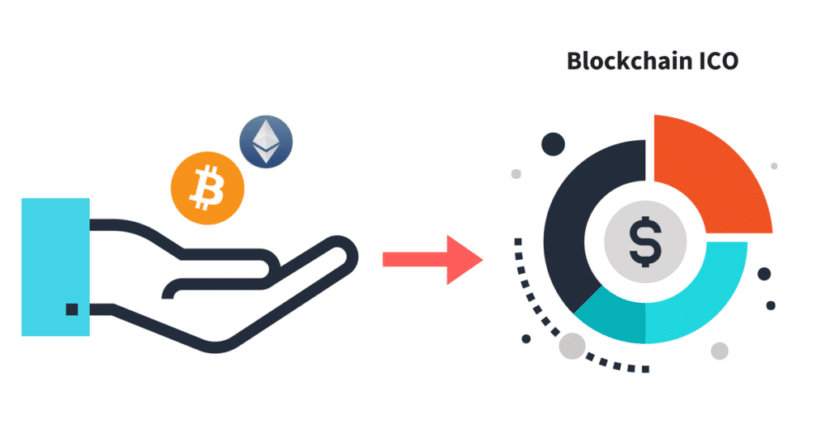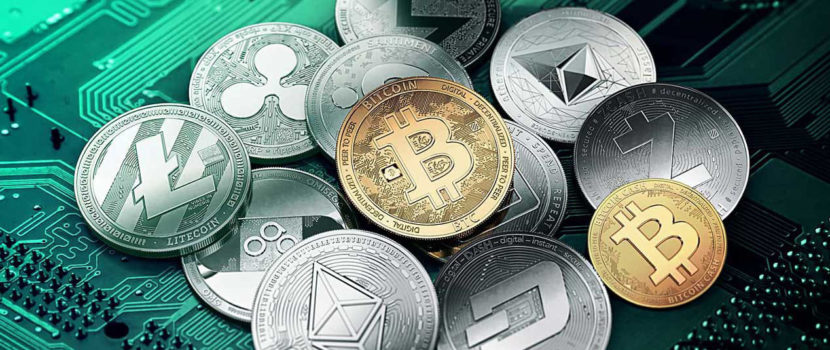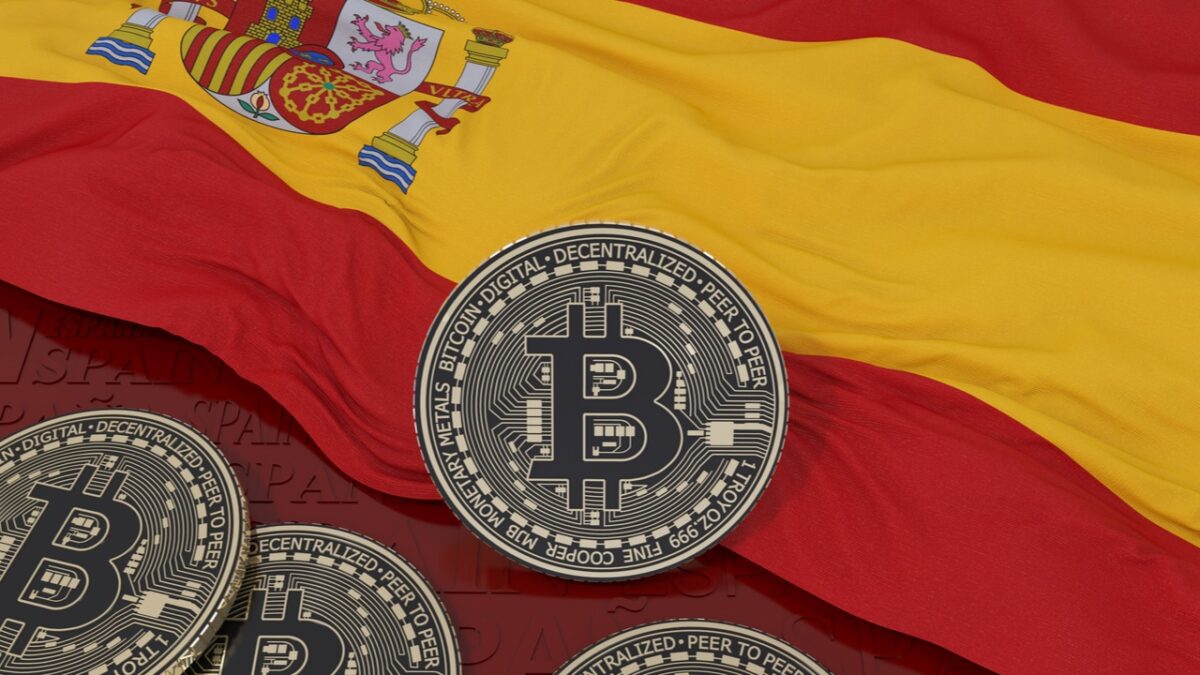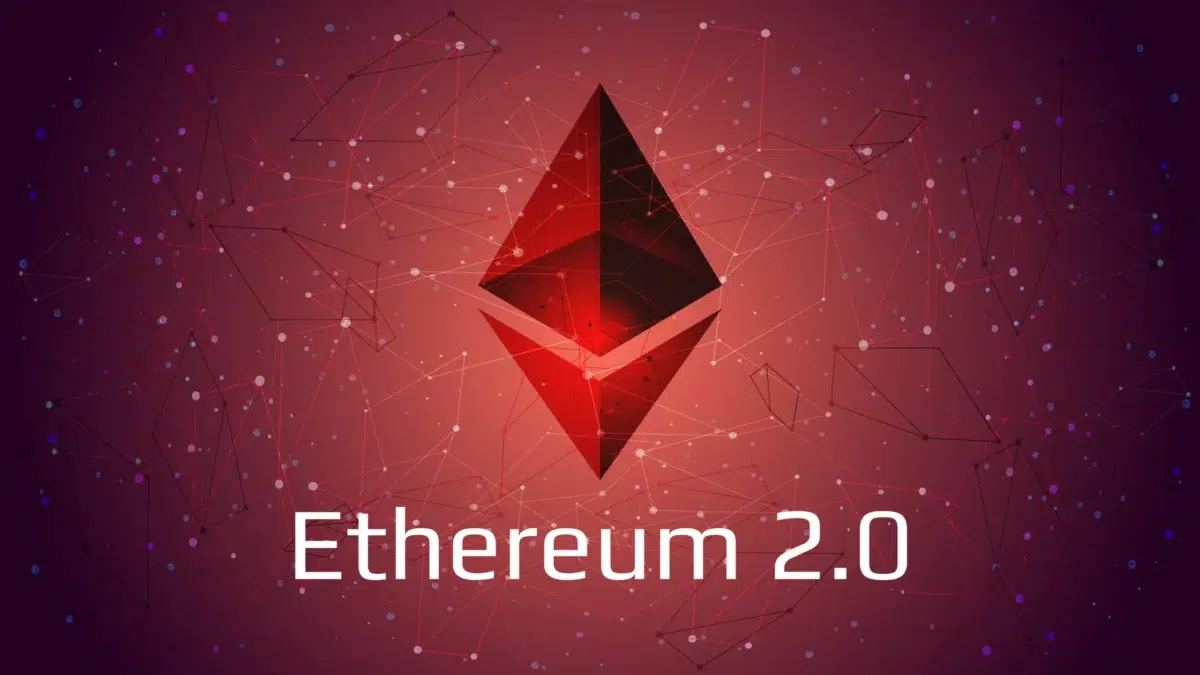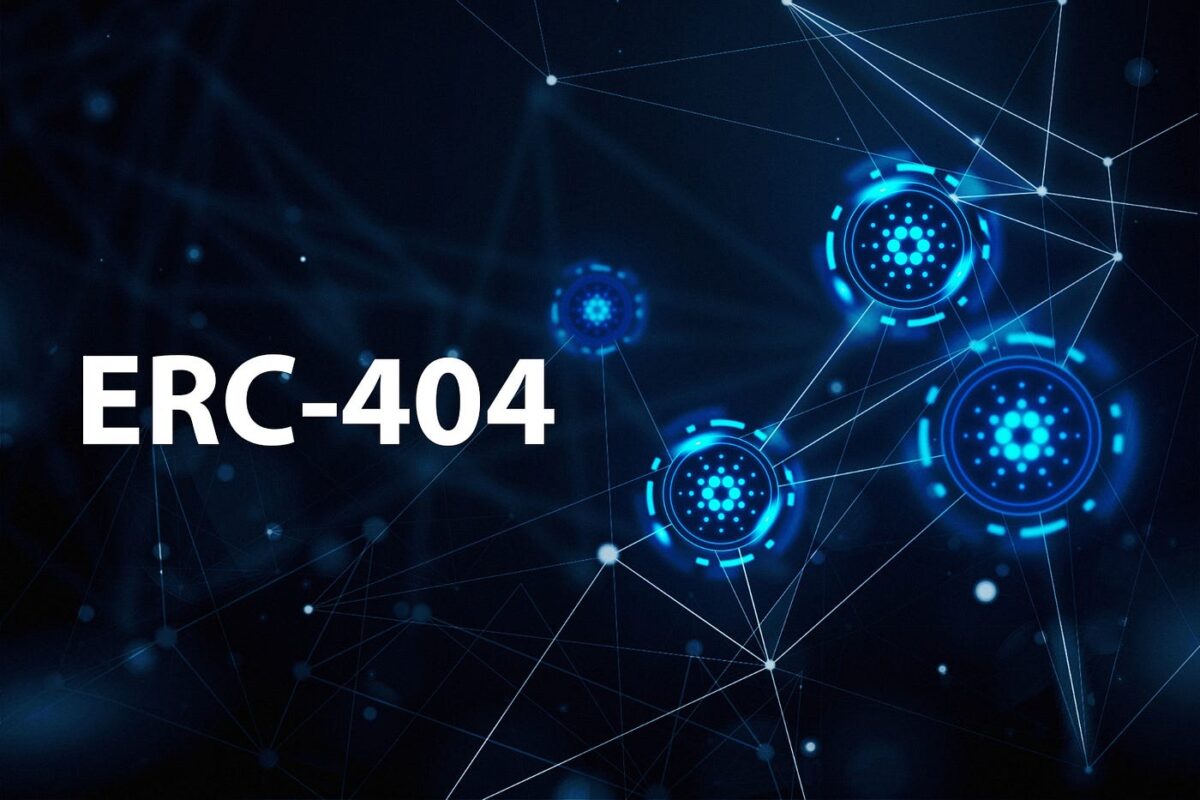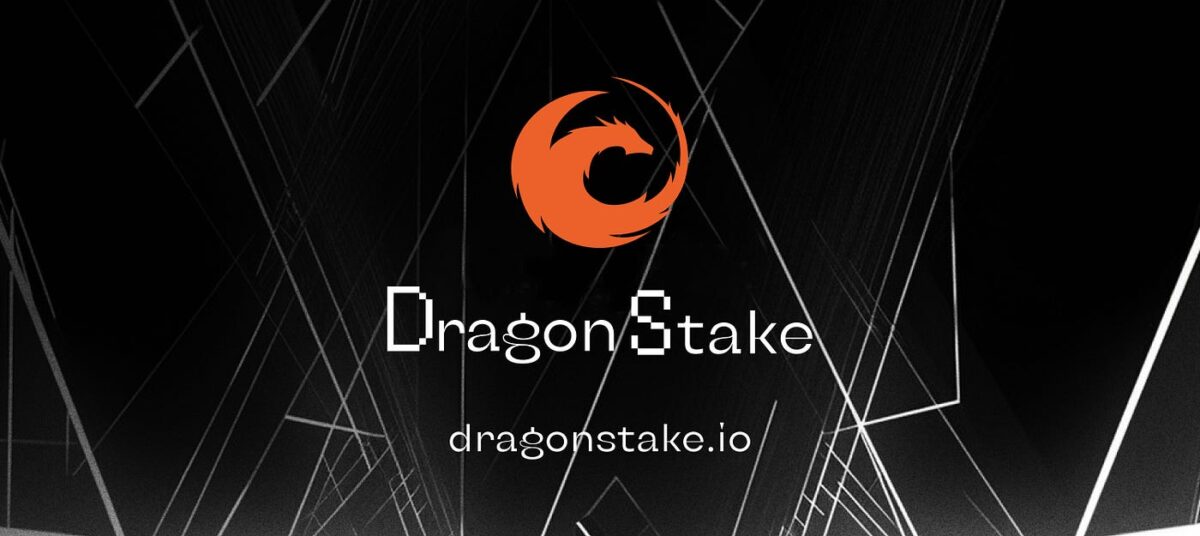Blockchain is a chain of blocks. Put like that, it doesn't seem like much. However, it is the technical basis that has allowed this disruption in people's economic lives: the creation of decentralized electronic currencies like Bitcoin. Much of the interesting features of Bitcoin and many other currencies that have subsequently been created through improvements and variants of the Bitcoin code are due to the Blockchain. Blockchain was an invention of Satoshi Nakamoto, a developer or several anonymous developers who designed it as the basis of Bitcoin. As it is open source, anyone can see that code, use it or modify it in such a way that many other things can be created from this fundamental idea. Today, this concept is just beginning to produce an explosion of creative ideas that will most likely change the world in so many ways. Since 2008, the Bitcoin Blockchain has been working without any failure..
To understand what it is, let's start by considering that a block is a set of bytes on which things can be written. Once the code of a decentralized electronic currency has been implemented, the computers distributed throughout the world begin to generate blocks or special containers. In the case of Bitcoin, a computer generates a block each time it solves a complex cryptographic problem (each time it solves a mathematical problem). More or less, by chance, a block will be generated every 10 minutes. And the rest of the computers that participate in this network must validate this block. If it were not like that, it would not be admitted in the Blockchain.
You can visualize a block as a train car. That block contains a certain amount of new coins or Bitcoin. And it also carries the accounting notes of the transactions that have been made in the period of time that has elapsed between the creation of the previous block and this new one. As I have said, all the computers connected to this large network, called nodes, must agree that both the block and the accounting records it contains are valid.
The new coins created belong to the computer that solved the problem and created that block. Well, the computer is indifferent to this but not to its owner. This action of solving a problem by using computational power and creating a new block is called mining.. The name comes from the similarity to the act of crushing stone in a mine to extract gold. After hard work, a computer manages to solve the cryptographic problem and create a block. As a reward, he takes the Bitcoin associated with that block and incidentally puts in the wagon (block) the notes of all the transactions in Bitcoin that have been made while "chipping the stone." So everything flows as it should be and everything works properly.
This method of creating new coins and transporting the transactions that will be recorded forever in the Blockchain is called "Proof of Work" (PoW - Proof of Work). There are many other systems that have been invented later and that use other currencies. PoW has its advantages and disadvantages but this is how Bitcoin works and it is still a creative and safe way of doing things.
What is the motivation to start a node on the Blockchain?
Nodes are dedicated machines, computers or servers that contain an entire copy of the Blockchain. In addition, depending on the way that Blockchain works, they continually create new blocks to transport the data. What keeps so many people interested in having nodes working? Obviously, the benefits. In the case of Bitcoin, the energy expenditure is considerable. As this Blockchain is conceived, increasing computational power is needed to create new blocks. But every time a new block is created, new Bitcoin is also created and that is the reward for whoever is running that node. The creation of new Bitcoin is limited in time because according to its code only 21 million Bitcoin will be created. What will happen when they have all been created? Well, that will happen in a long time because the difficulty is increasing and periodically the number of new Bitcoin that are created in each block is less. Possibly around the year 2100 that figure will have been reached. But, then, probably, there will be many people using Bitcoin (it is an assumption) and each transaction carries a commission associated with it, which is also left by the "miners" who will continue to create blocks (no new Bitcoin) as a necessary part so that everything continues to work properly. .
Of course, this way of creating new blocks is not the only one. Other cryptocurrencies use other methods. Some Blockchains even work under a cooperative system. In this case, the interest of those who maintain nodes is based on the objectives set by the community that uses said currency, as is the case of faircoin.
In its most basic aspect the Blockchain is like a record of accounting notes with thousands of identical copies distributed throughout the network. There is no human or other fault in these records. If I try to write a false accounting entry, the rest of the nodes with a copy of the entire book will not consider it valid. If we take the Bitcoin Blockchain, suppose I tamper with the software that I use as a wallet and create, say, 30 fake Bitcoin. The moment it tries to use them, for example by sending you a fake Bitcoin, the network will not recognize it because it does not appear in any of the records. So that transaction will not be accepted.
Therefore, Blockchain is virtually immune to attack as well as extremely secure and resilient. It is not possible to corrupt your data unless taking control of all the nodes which, in a widely distributed Blockchain, is practically impossible. On the other hand, the Blockchain is totally transparent since everyone can consult these records. Naturally, I am referring to a public blockchain, such as Bitcon's, since it would also be possible to use this technology in the private sphere, although, possibly, it would lose some of its essential characteristics due to the greater centralization that that would entail.
In short, the Blockchain is something remarkably powerful since the data being repeatedly distributed throughout the network cannot be controlled by a single entity nor does it offer weak points.
By solving the problem of possible data manipulation, the records are as reliable or more reliable than a notary can certify. And this is where the possibilities begin to emerge. For example, I could register a writing or the authorship of a book or a work of art and this would remain indelibly in all copies distributed around the world with my data and the date on which I entered the registration. As you can deduce, this would serve to certify that I am the author of such document. From here, almost infinite practical applications can and are being imagined (and created).
Blockchain is the new paradigm of security and transparency
The databases, in general, are protected by the user / password pair. This is a very weak point. The Blockchain does not specify that but is more similar to encryption systems in which there is a public and a private key. That is, in the Blockchain there are no records that say that this currency (this Bitcoin) is yours or mine. This simply depends on you keeping your private keys. The Bitcoin addresses are the public keys. They can be known since they would only serve to associate records (coins) of which you have the private key. On the Blockchain, for example, you can see that a coin that was here (at this address) is now there (at this other address). These addresses are associated with private keys that you have. So only whoever owns those private keys can move those coins around, send them to another address (yours or someone else's).
But we are not left alone in passing coins from one place to another
I said that the Blockchain is like a train that wagons are joined indefinitely. Of course, the wagons can transport accounting records that indicate where each and every one of the coins that have been created since the beginning of time are. But why limit yourself to transporting accounting records about coins? How about we transport smart contracts?
A smart contract is a small piece of code that can be inserted into the Blockchain. Basically that code says that when certain conditions are met, this other will be executed. For example, the addresses of the wallets of people who have participated in a share issue could be registered and when the issuing company overturns the profit records, their share is automatically distributed to the shareholders. It seems simple, but as always, from there imagination and creativity take off. Something more sophisticated but not more difficult: you buy something online, deposit the payment and it is only given to the seller when the courier service application confirms that the package has been delivered. And all this happens automatically thanks to the smart contract dumped on the Blockchain.
In order to add smart contracts to a Blockchain and make them work, new types of Blockchain have been created that, basically, are similar to the original Bitcoin but with some additional characteristics. The first Blockchain capable of implementing smart contracts has been that of Ethereum.
But things are developing very fast. Today we already have blockchains capable of hosting all kinds of digital files that, for example, could be downloaded if a user makes the agreed payment, for example Libra.
Or social networks that reward those who share more interesting content based on the votes and comments received, such as SteemIt.
Imagine that you could hire all the computer storage space you need and that your files were kept fully encrypted and distributed in pieces on hundreds of computers around the world; but that you could access them with the same ease with which you access your computer's own hard drive. Fascinating right? This exists already although we still have to digest some technical and even legal details.
In the same way, it is possible to obtain greater computational power by renting the idle times of the CPUs of hundreds or even thousands of computers, thanks to the Blockchain already G, For example.
Even the traditional banking system has fixed on Blockchain and they are developing their own, based on the digital token Ripple. It's simple: bank transactions entail costs due to interbank commissions, necessary to move accounting notes from one continent to another; and they are also desperately slow. Banks have realized that their own Blockchain will allow them to save a lot of money and complications. The savings will probably not be enjoyed by its users, but it is clear that they will take good advantage of this technology.
Advanced features of Blockchain are allowing the creation of decentralized exchange houses, that is, those that will enable secure cryptocurrency exchanges between users anonymously and without the assistance of a third party.. It is even possible to carry out exchanges between different cryptocurrencies that, therefore, use a different chain of blocks. Soon terms like Lightning Network and Atomic Swaps will start to sound familiar. An example of a software capable of carrying out exchanges between different blockchains can be found in the application Baterdex from Komodo Platform.
New trends in project financing
Blockchain is radically changing the way in which we relate economically and, of course, democratizing access to financial resources. For example, you are now hearing a lot about ICOs. Although we will develop this topic at length in future articles, it should now be said that it is a new and simpler way of financing projects. The issuance of shares is limited to the scope of powerful corporations within the framework of very strict regulations. ICO (Initial Coin Offering) or initial coin offering It consists of creating a digital token (a digital currency) and offering it to whoever wants to buy it with the supposed purpose of financing a more or less interesting project. I have put "supposed" because, as I said, there are still no bodies that regulate these offers, so it is also a subscriber to all kinds of scams. But the latter does not prevent it from also being used properly as crowfunding or collective financing. You buy some of those coins in the hope that the blockchain-based project that will use them will develop and prosper. That way, just like stocks, the coins will also acquire a greater value and you can sell them for much more than what you invested. Well, this new financial model is not only possible thanks to the Blockchain but it is the way in which projects that will use this technology in some creative and novel way are usually financed.
Is each Blockchain associated with a cryptocurrency?
We usually think of Blockchain and Bitcoin, as an inseparable pair. And we also talk about Bitcoin as a currency. The term currency is associated with money and this is true insofar as a currency can be used as a store of value and a transmission of trust. In other words, in exchange for a coin we can buy other things or hire services. But, properly, each Bitcoin is a digital token (or a token, which is a term that is used a lot around here). It has no value in itself but is given by the supply, demand or interest that a community wants to give it at all times. In general, what we call, with not too much property in most cases, "currency" is a digital token that serves to move the Blockchain. Every time we are going to introduce a record in the Blockchain we introduce one or more tokens, as when we start up a kind of machinery. That would be like gasoline and, in fact, a special token called GAS is used on the Ethereum network. The reasons why a Blockchain works with tokens are varied but one of them is precisely to reward the nodes that manage it decentrally. That these "tokens" or tokens are used as money is almost a natural consequence.. Therefore, it is normal for a Blockchain to work with tokens and it is also normal for these tokens to acquire an increasing value, especially if they are scarce or their number is limited as happens in most cases.
Digital tokens are bought and sold, valuable objects become intangible or, if a certain Blockchain is especially useful or provides a creative solution to a problem, they become essential elements and are incorporated in one way or another into daily life .
The future of the Blockchain
It is unpredictable, considering that right now all this is in a phase of accelerated growth and explosive creativity. It may be that at any moment something better is invented but, for now is one of the most disruptive and exciting technological developments of the XNUMXst century. And it is better that we familiarize ourselves well with it because we are going to find it even in the most unsuspected corners. Internet, people and things will end up inextricably linked by a chain of blocks.

